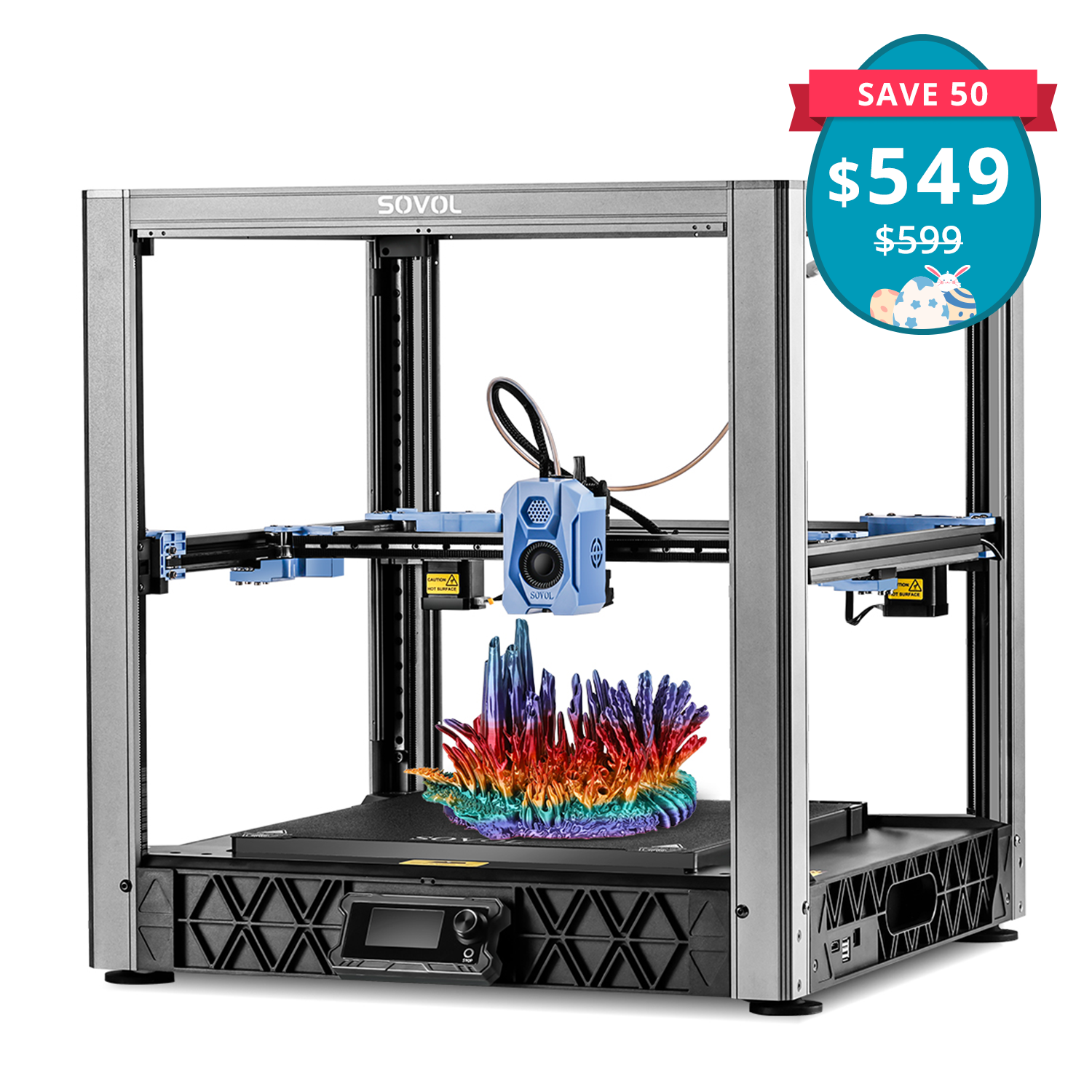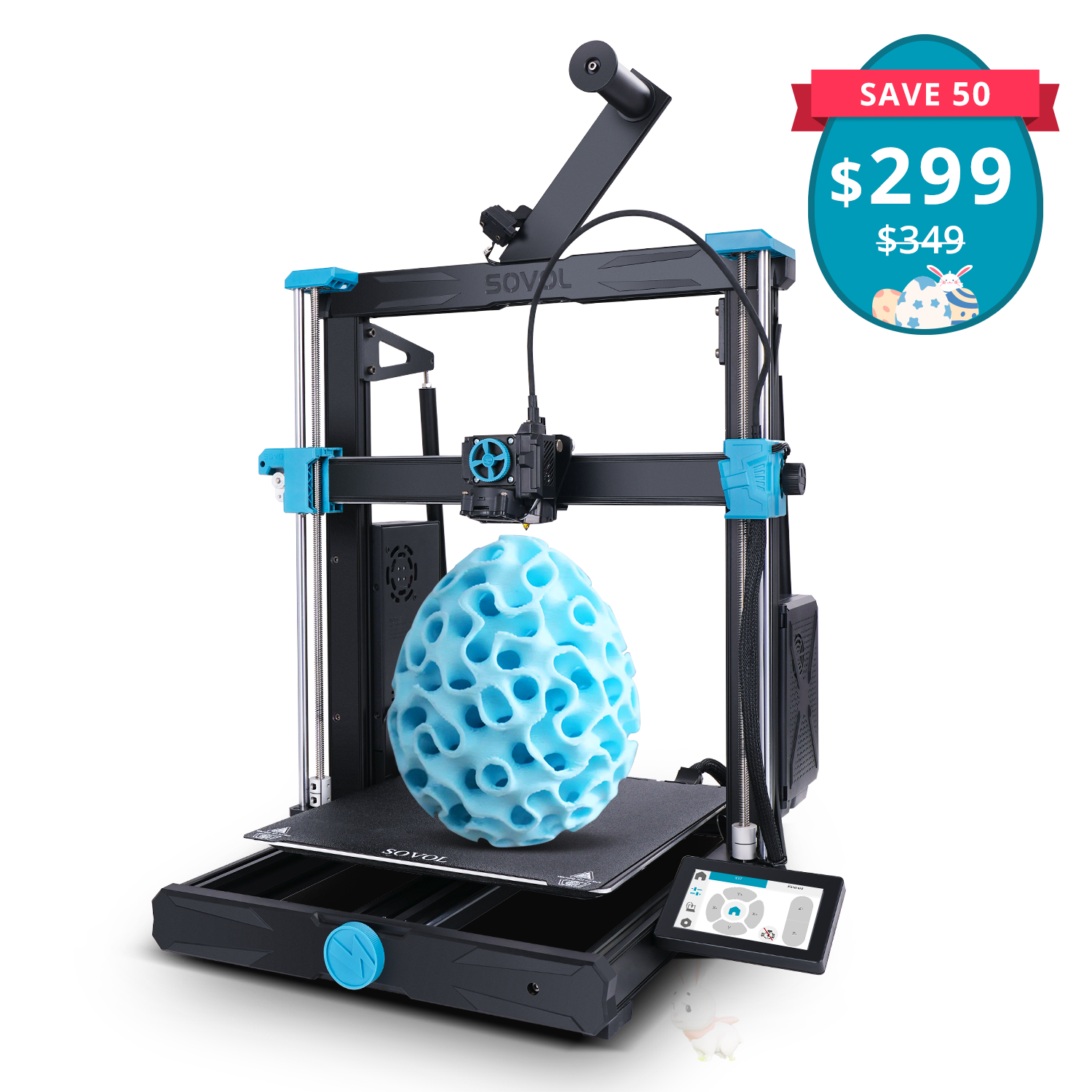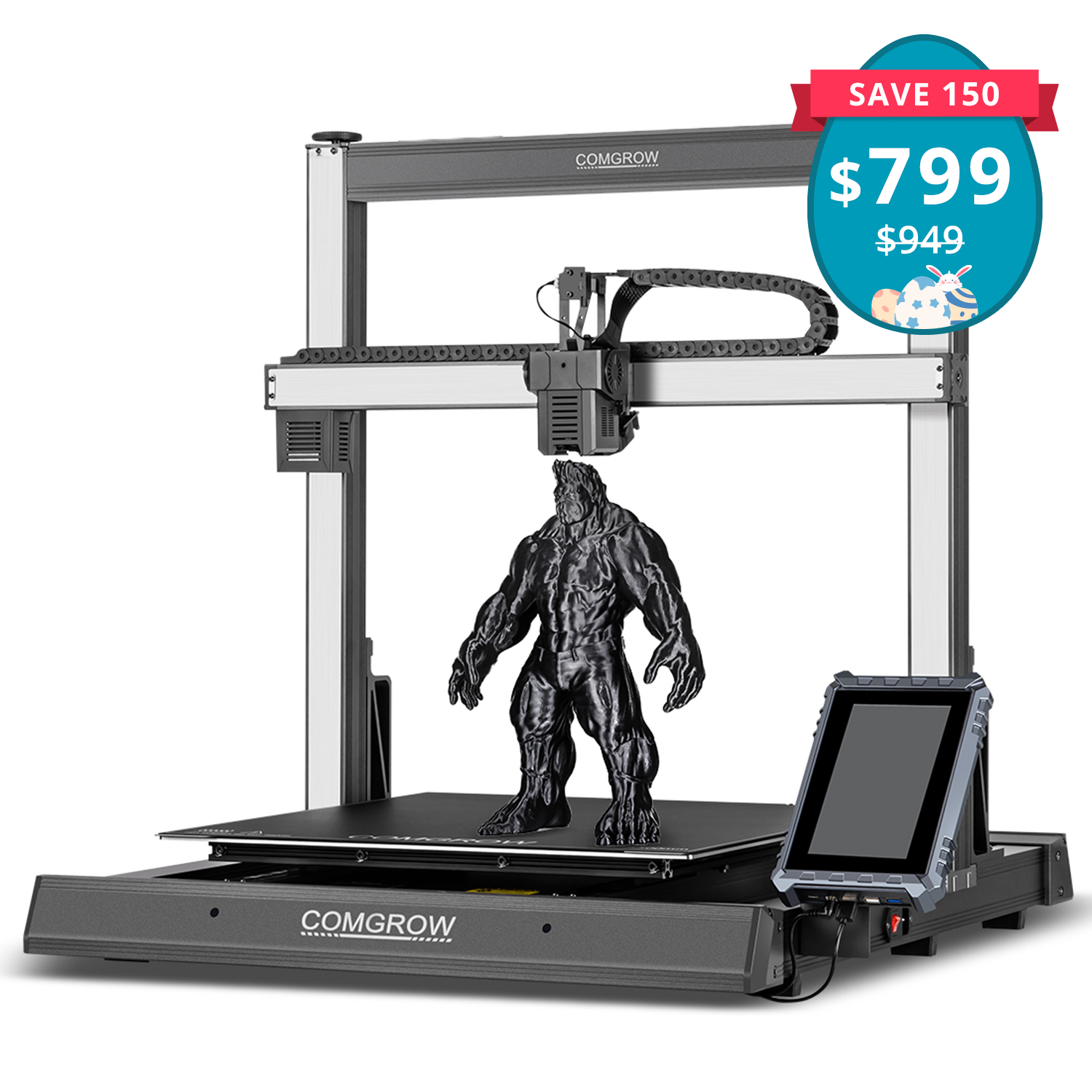CoreXY is rapidly emerging as one of the most promising architectures in modern 3D printing. Popularized through open-source innovation by communities like Voron and practical adoption by brands such as Sovol, CoreXY delivers higher speeds, improved accuracy, and smoother motion control. This article explores the advantages of CoreXY technology, key lessons from Voron and Sovol, and why this design is shaping the future of additive manufacturing.

Understanding CoreXY: The Basics
CoreXY is a unique mechanical design utilizing two stationary motors and a belt system to precisely control the X and Y axes. Unlike traditional Cartesian setups, CoreXY printers significantly reduce inertia, vibration, and mechanical complexity. This enables faster print speeds and higher-quality outcomes (source: CoreXY official explanation).
How Voron Redefined CoreXY Design
The Voron Project, a community-driven, open-source initiative, significantly advanced CoreXY technology. Voron's flagship printer, the Voron 2.4, sets industry benchmarks with its robust frame, fully enclosed design, and high-speed capabilities. Voron printers like the Trident simplify assembly while retaining high performance, thanks to innovations like the Stealthburner hot-end and the Voron Tap automated leveling system (Voron Design).
Voron’s commitment to openness has enabled rapid community innovation and substantial adoption among 3D printing enthusiasts worldwide.
How Sovol Adapted CoreXY and Voron Innovations for Mass Market
Sovol, a consumer-oriented brand, has effectively leveraged Voron’s open-source contributions to produce commercially accessible CoreXY printers. Their Sovol Zero, inspired by the Voron V0.2, is notable for its ease of use, fully enclosed build area, integrated camera system (compatible with Obico remote monitoring), and advanced auto-leveling technology combining Vortex and pressure sensing (Sovol Zero).
Sovol has successfully brought high-end CoreXY features like speeds up to 1200mm/s to a broader audience, lowering entry barriers for new users.
Why CoreXY Represents the Future: Insights from Voron & Sovol

The rising demand for speed and precision makes CoreXY increasingly attractive. Its modular and scalable nature ensures adaptability to future innovations. Voron’s open-source philosophy paired with Sovol’s consumer-friendly approach exemplifies a sustainable model for widespread technology adoption.
Real-world evidence supports this: The Voron IDR printer, designed specifically for robotics competitions, dramatically reduced production times for critical components, showcasing CoreXY’s practical efficiency (Voron IDR Project).
Five Key Lessons Learned from Voron and Sovol
-
Open-Source Drives Innovation
Voron’s open-source approach fosters rapid innovation and community involvement. -
Modular Design Enhances Longevity
Both Voron and Sovol prioritize easy upgrades and repairs, extending printer life. -
User Experience Is Crucial
Sovol’s success highlights that ease of setup and usage significantly influences consumer choices. -
Balancing Performance and Affordability
Sovol demonstrates that high performance can be economically accessible without sacrificing quality. -
Firmware and Hardware Integration
The integration of Klipper firmware with CoreXY hardware substantially enhances printer performance, as seen in Voron and Sovol models (Klipper 3D firmware).
Choosing the Right CoreXY Printer for Your Needs
When deciding between a Voron DIY kit and a Sovol ready-to-use printer, consider your budget, DIY capability, and intended use:
- Enthusiasts and Advanced Users: Voron DIY kits (LDO Voron Kits) offer extensive customization and top-tier performance.
- Newcomers and Intermediate Users: Sovol Zero provides an excellent out-of-box experience with minimal setup required (Buy Sovol Zero).
Conclusion
CoreXY’s rapid ascent in the 3D printing community underscores its potential to dominate future developments. Driven by the collective effort of open-source pioneers like Voron and accessible innovation from brands like Sovol, CoreXY technology is well-positioned to reshape the 3D printing landscape. Whether you're entering the hobby or seeking professional-grade printing solutions, CoreXY has something substantial to offer.
Explore More:
- Join the Voron Community
- Discover Sovol Printers
- For more information about Voron, please read our article
FAQ
How is a CoreXY printer different from other types?
CoreXY printers use special belts to move the print head. This setup makes them lighter and faster. Unlike Cartesian or Delta printers, CoreXY moves more smoothly and accurately. They are great for big projects and fast printing with high precision.
Why choose Sovol printers?
Sovol printers are affordable and have advanced features. They work well for both beginners and experts. Models like the Sovol SV08 have large build areas and great accuracy. Sovol printers are easy to set up and maintain, making 3D printing simple.
Can CoreXY printers handle big projects?
Yes, CoreXY printers are great for big projects. Their lightweight design keeps them steady and accurate, even with large builds. This makes them perfect for anyone needing fast and precise printing on a bigger scale.
Are CoreXY printers hard to put together?
Some CoreXY printers are easy to assemble, like the Sovol Zero. Others might take more time and effort. Most CoreXY printers have modular parts, so fixing or upgrading them is simple.
How does CoreXY compare to Prusa printers?
CoreXY printers are faster and better for big projects. Prusa printers are easier to use and very reliable. Both give great print quality, but CoreXY is better for speed and scalability. Prusa is a good choice for beginners or plug-and-play users.





















Leave a comment
All comments are moderated before being published.
This site is protected by hCaptcha and the hCaptcha Privacy Policy and Terms of Service apply.